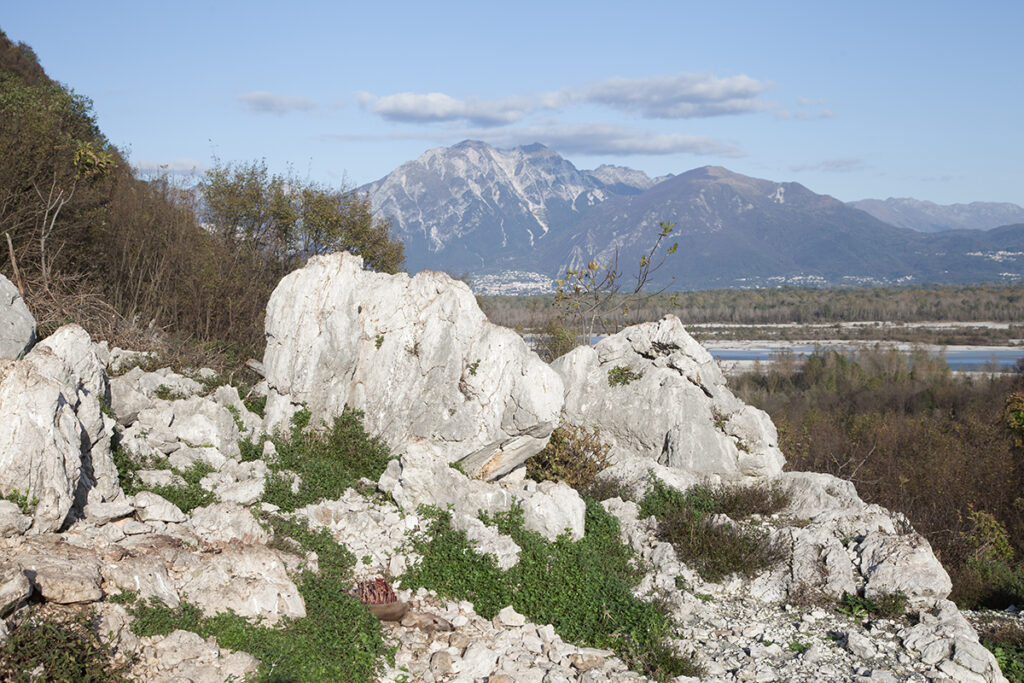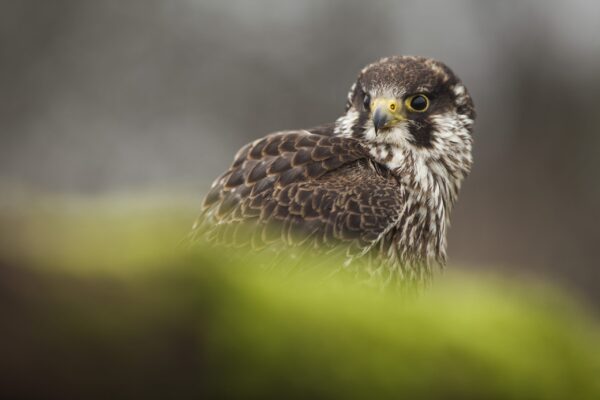Tags :
#AwardWinning #wingsfwales #falconryexperience #falconryexperienceinwales #visitwales #falconryexperiencewales #conservation #vultures #owls #eagles #falcons #hawks #breconbeacons #ITV #CoastandCountry
Share This :
To those who know me, know my thoughts on how we are surrounded by agricultural deserts in Britain. Poor environment, poor education for the generations in schools and no understanding of nature by the masses at all.
I recently read a post on social media in regards to a Welsh Farm being commended for 30 years of feeding a Red Kite population, boasting there is now over 600 strong. I was and still am struck by the article, 30 years of feeding a species that are meant to be wild, and the benefits are?
Before I really worked in a wildlife environment, I too visited these sites, photographing a species that would have been far more difficult if center’s like this had not been there. Today I call this convenient wildlife photography, a bit like nipping down the local supermarket to grab something with ease. I also understand the joy’s it may bring to people, seeing such a large number of “wild birds” flying in the air, all allegedly in an feeding frenzy state. I do also wonder how many people who visit these sites truly understand the role of the Kite in the environment, I shall come to this later.
So what are the benefits of feeding stations, should they really be in use for 30 years, what do communities gain from them, what are the gains to those running them, what are their strategies for cutting down on feeding or exit strategy. These are all just thoughts I will go into maybe another time.
Having worked on and documented feeding stations in other countries for 10 years or more, I feel I have a good understanding of what feeding stations are meant to do, also how they have to change their methods moving forward, benefiting the wildlife.
Stations I have worked on have been set up to secure species from extinction, giving the birds a safe haven for feeding, Cape Griffon Vultures. Also the food provided to these stations are locally sourced from farms that have lost cattle due to natural deaths. The cycle is full circle but with safety in mind for the birds. These stations are not supplementary feeding on a daily basis, nor asking for entry fees to watch the chaos and enjoyment of vultures feeding on mass.
Other stations I have documented are again set up as a safe havens for birds to feed, these birds include the rarer species such as Egyptian Vultures and species of eagle that migrate from country to country on their incredible journeys. This allows people to monitor their whereabouts, which in turn helps with research and science. These stations are not supplementary feeding on a daily basis, nor are they asking for fees to view. They are free to the public to educate.
Then we have financial stations, stations possibly set up with good intentions that have turned into a exploitation of our so called wildlife. These don’t have to be big either, small ones are now popping up all the time due to people not wanting to face the challenges of true wildlife photography, some of my mates or colleagues will be laughing now, here Lewis goes again! These stations do feed on a regular basis. So the question is does supplementary feeding wildlife on a daily basis benefit wildlife? lets honestly ask ourselves that question.
Let me put it this way, if there were a homeless cat in your neighbourhood that you started to feed, what would happen? It will return and then return again, the cat becomes reliant on the food you are feeding it. What happens when you want to go on holiday? do you think to yourself, no I better not go and enjoy myself, who is going to feed the homeless cat? Or do you think to yourself, sod the cat! its not mine anyway, I’m of to get some sunshine in Tenerife. The cat then goes hungry, could even starve, that poor cat. I bet most would not even feed the cat in the first place, due to the above thoughts. Well what is the difference with feeding cats, Kites or any other bird of prey come to think of it. By the way, just a thought for those of you that do feed the cat, you don’t get paid for doing it! Nor do you have a congregation watching.
On to the Red Kite, a bird that had vanished from Wales, a bird that has been re-introduced and many of them now not wild but free flying and domesticated. The Red Kite a bird that does not kill, but scavenges. A bird with a very large wingspan for its size which allows low wing loading, floating around using very little energy in search of anything dead on the ground it could eat. Hundreds of years ago it is said there were more Kites in London than Crows, look at cities of India, thousands of Kites all eating waste and rubbish from man, either in the streets or at rubbish dumps.
So are we educating the public competently on what re introduction plans should really be about, should we also release a bird and then turn them into a domesticated animal. If they were critically endangered then maybe, just so that they have the gene pulls to breed, securing species safetey in such low numbers.. But a species that of least concern to the IUCN, to those who have not heard of the IUCN they are the International Union For Conservation Of Nature, they list species health and numbers, of which Red Kites are least concern.
Again these are just thoughts of my own, but I am always thinking 50 years ahead when my children will be older than I am now. I will be long gone by then, who knows by then we may be putting people like myself on feeding stations to supplementary feed wildlife, just like they do in other parts of the world, I bet people would love to pay to watch that.
But on a serious note, we need to think and act if we are going to change our environment, our wildlife, ourselves. What we should be thinking is the greater goal of such feeding stations and when have they truly run their course. We should be looking at other natural ways to supplement the birds with natural food instead of those from abattoirs. Natural carrion such as mountain hare, or ancient cattle which benefit our environments. As normal we take five steps forward without putting the first four into place, and lets be honest what would happen if a business were to fail which feed these animals, it would probably be burdened to the tax payer, then folks will say ‘why did this happen in the first place’.

Red Kite in Wales.

Feeding station in the Italian Alps.

A farmer prepares to give a dead cow from his flock to a feeding station, Africa.
Do not hesitage to drop Lewis a message.. Lewis is happy to talk to you.

| Cookie | Duration | Description |
|---|---|---|
| cookielawinfo-checkbox-analytics | 11 months | This cookie is set by GDPR Cookie Consent plugin. The cookie is used to store the user consent for the cookies in the category "Analytics". |
| cookielawinfo-checkbox-functional | 11 months | The cookie is set by GDPR cookie consent to record the user consent for the cookies in the category "Functional". |
| cookielawinfo-checkbox-necessary | 11 months | This cookie is set by GDPR Cookie Consent plugin. The cookies is used to store the user consent for the cookies in the category "Necessary". |
| cookielawinfo-checkbox-others | 11 months | This cookie is set by GDPR Cookie Consent plugin. The cookie is used to store the user consent for the cookies in the category "Other. |
| cookielawinfo-checkbox-performance | 11 months | This cookie is set by GDPR Cookie Consent plugin. The cookie is used to store the user consent for the cookies in the category "Performance". |
| viewed_cookie_policy | 11 months | The cookie is set by the GDPR Cookie Consent plugin and is used to store whether or not user has consented to the use of cookies. It does not store any personal data. |